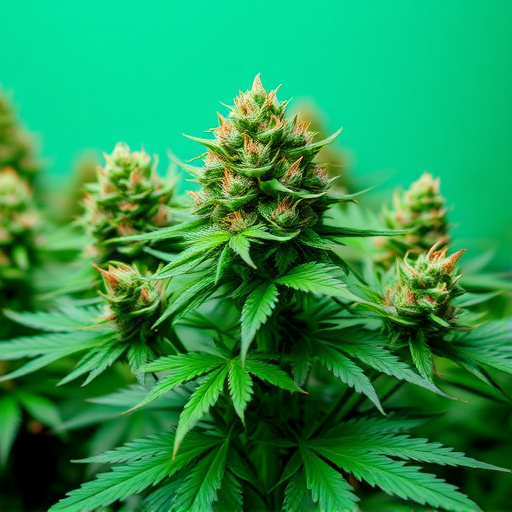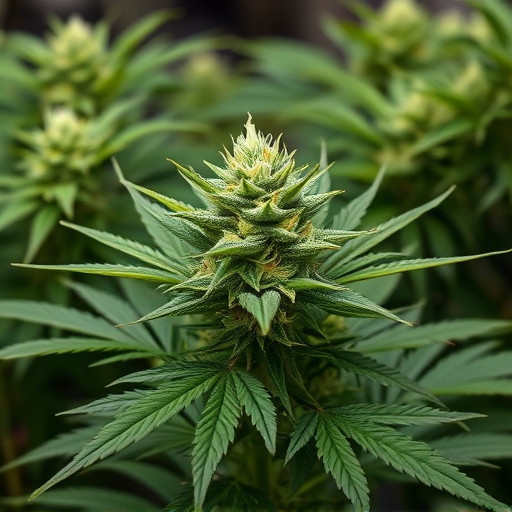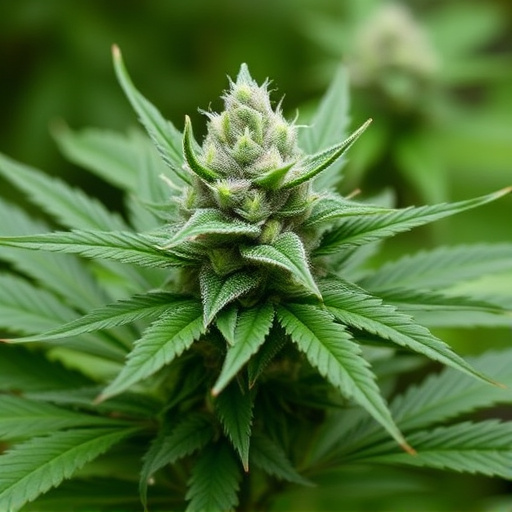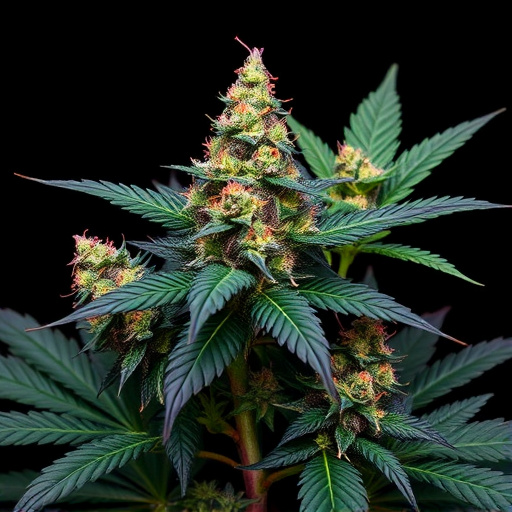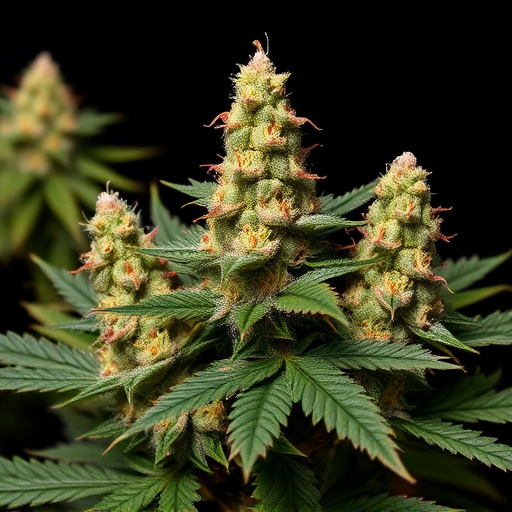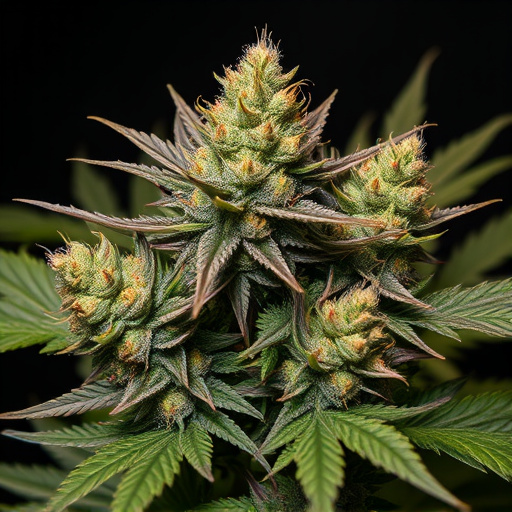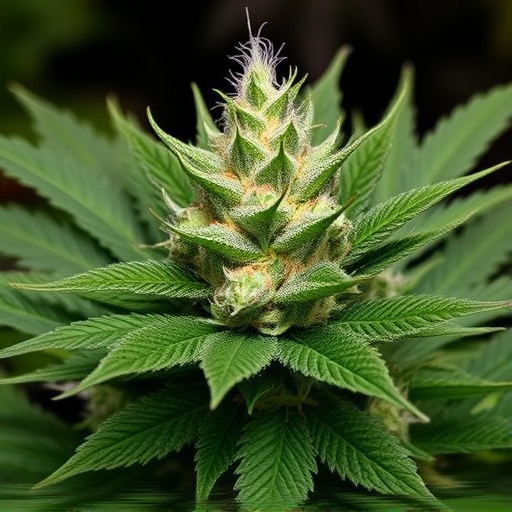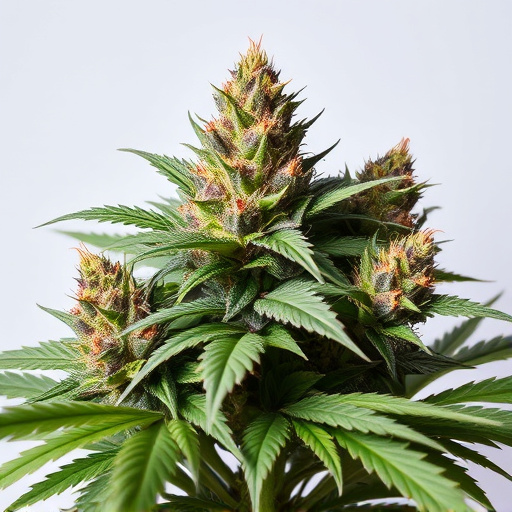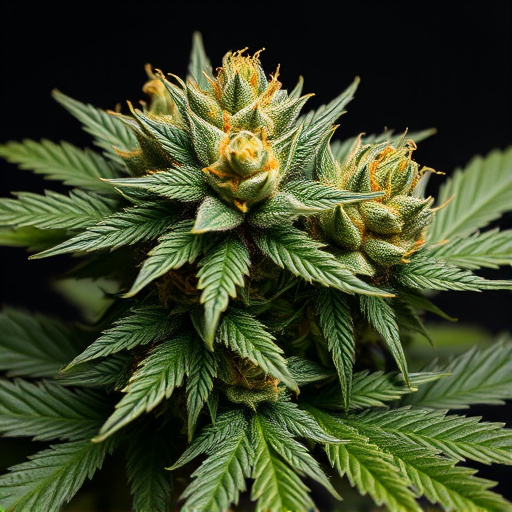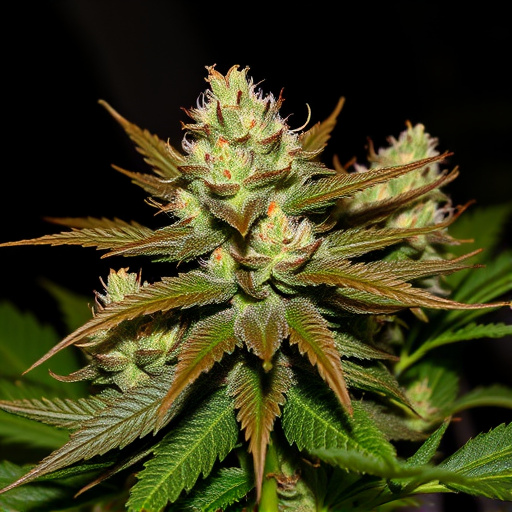Trichomes, microscopic secretors of cannabis compounds, are key to potent, relaxing indica dominant strains. Their dense, sticky formations signal higher THC and CBD levels, sought after for stress, anxiety, and sleep relief. Growers optimize conditions like temperature, humidity, light, and fertilizer to maximize trichome development, ensuring peak potency at harvest—a critical factor for consumers seeking specific effects and flavors within indica dominant strains.
“Unveiling the secrets behind cannabis potency, this article delves into the often-overlooked world of trichomes. These microscopic guardians play a pivotal role in defining a plant’s efficacy. We explore why trichomes matter, especially for cultivators focusing on indica dominant strains, known for their distinctive terpene profiles and potent effects.
From understanding trichome development to optimizing strategies for maximum potency, this guide offers insights into harnessing the full potential of these remarkable structures.”
- Understanding Trichomes: The Microscopic Guardians of Potency
- Indica Dominant Strains and Their Unique Trichome Profile
- Maximizing Potency: Strategies for Optimizing Trichome Development
Understanding Trichomes: The Microscopic Guardians of Potency

Trichomes, often overlooked under a microscope, are microscopic guardians that play a pivotal role in determining the potency and unique qualities of cannabis plants. These tiny, hair-like structures grow on the surface of cannabis leaves and flowers, secreting a variety of compounds that contribute to the plant’s aromatic profile, flavor, and most notably, its therapeutic potential. In the context of indica dominant strains, trichomes are particularly intriguing as they can help cultivate cannabis with higher levels of beneficial cannabinoids like THC and CBD.
Indica dominant strains, known for their relaxing and sedative effects, often boast dense trichome coverage. As these strains mature, trichomes become sticky and translucent, encapsulating potent compounds within their cells. The density and abundance of trichomes directly correlate with the plant’s overall potency. Growers and enthusiasts alike study trichome development to predict optimal harvest times, ensuring they capture the cannabis at its peak potency for a superior consumer experience.
Indica Dominant Strains and Their Unique Trichome Profile
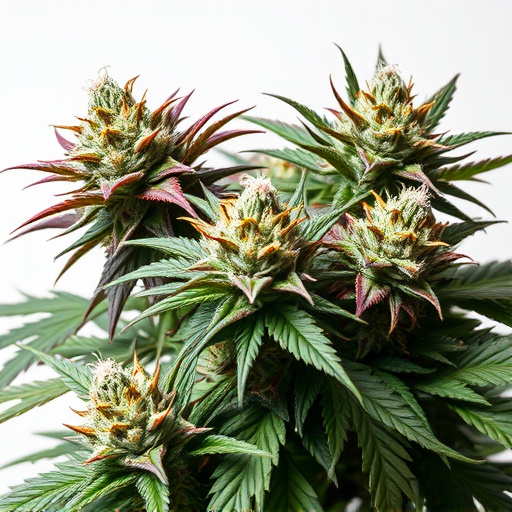
Indica-dominant strains have a distinct trichome profile that sets them apart from their sativa counterparts. Trichomes, small glandular hairs found on the surface of cannabis plants, play a crucial role in potency and flavor. In indica varieties, these trichomes often appear more abundant and sticky, reflecting a higher concentration of resins and terpenes. This unique profile contributes to the characteristic calming and relaxing effects associated with indicas, making them popular among users seeking relief from stress, anxiety, and sleep disturbances.
The specific chemistry within these trichomes varies across different indica strains, leading to a diverse range of experiences. Some may dominate with myrcene, known for its earthy and musky aromas, while others showcase terpinolene’s citrusy and pine-like notes. This diversity underscores the importance of understanding trichome profiles in identifying desired effects and flavor preferences among indica-dominant strains.
Maximizing Potency: Strategies for Optimizing Trichome Development
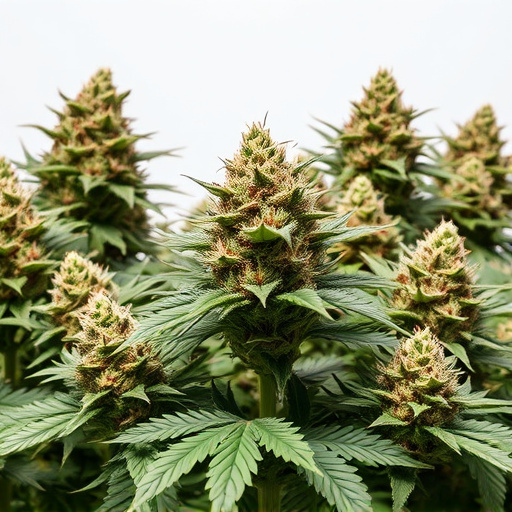
Maximizing potency in cannabis is a delicate balance, and one key player in this equation are trichomes. These tiny hair-like structures secret essential oils and compounds that contribute to the plant’s unique aroma, flavor, and most notably, its therapeutic properties. By understanding how to optimize trichome development, growers can unlock higher levels of potent cannabinoids like THC and CBD, especially in indica dominant strains known for their relaxing and sedative effects.
Strategies for maximizing trichome development include controlling environmental factors such as temperature, humidity, and light intensity. Indica dominant strains thrive in cooler environments, around 65-75°F (18-24°C), with moderate humidity levels. Adequate light exposure is also crucial; while indicas can adapt to lower light intensities, optimal trichome development often occurs under intense lighting conditions, ensuring plants receive at least 16-18 hours of light per day. Additionally, maintaining a consistent growing schedule and providing adequate nutrition through well-balanced fertilizers can significantly impact trichome growth and the overall potency of the final product.
Trichomes, those microscopic guardians of potency, play a pivotal role in shaping the unique characteristics of cannabis plants. Understanding their impact, especially in indica dominant strains, is crucial for growers and enthusiasts alike. By optimizing trichome development through strategic cultivation methods, it’s possible to enhance potency and create truly remarkable experiences. This knowledge allows us to appreciate the intricate details that make each strain distinct, from the lush resinous trichomes to the balanced cannabinoid profiles they protect.
